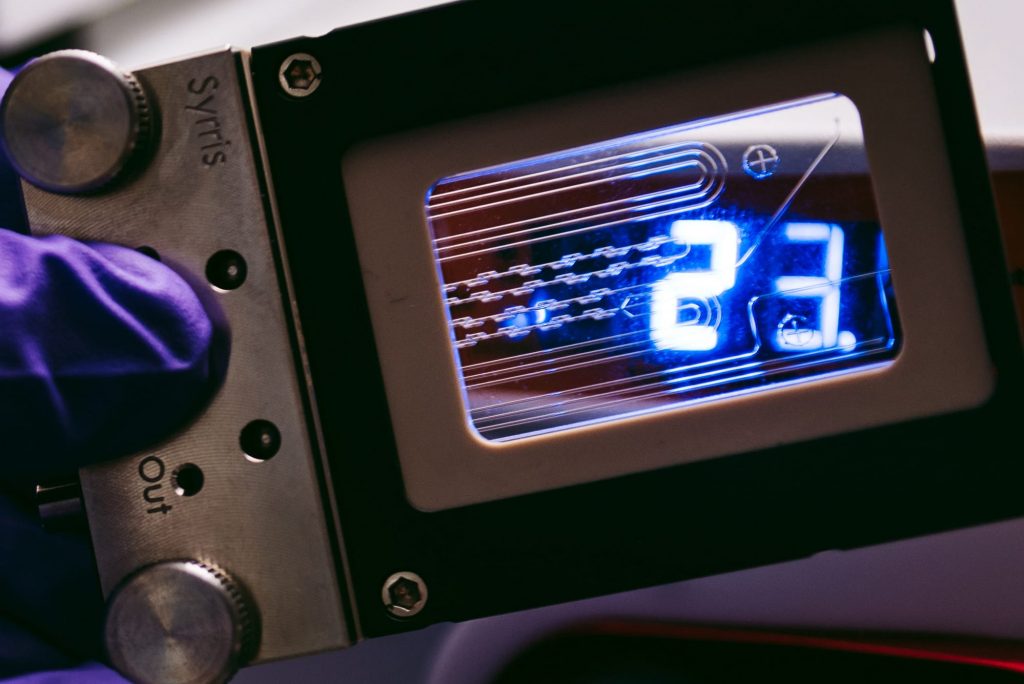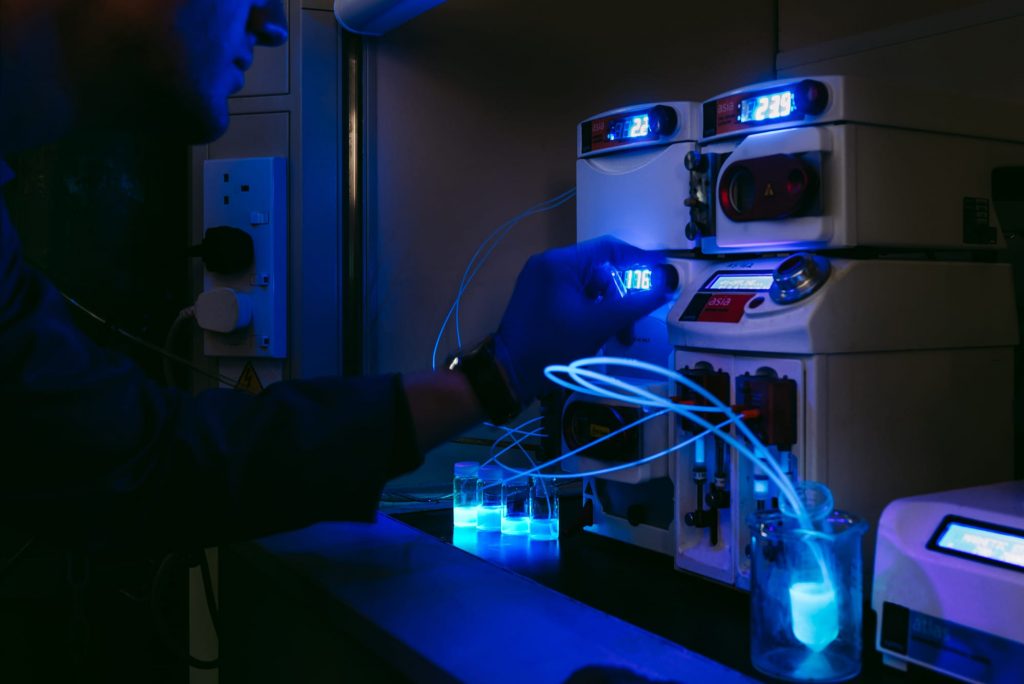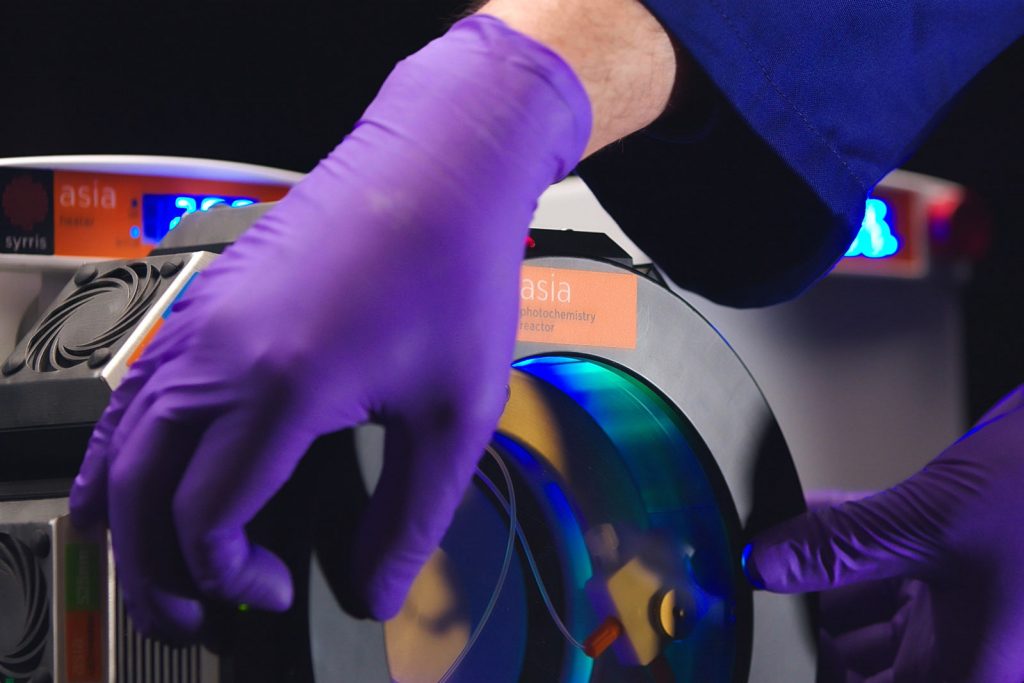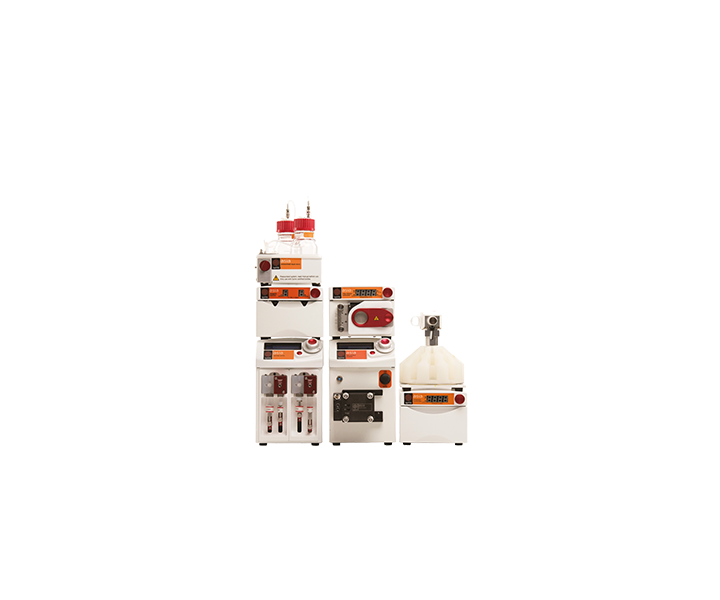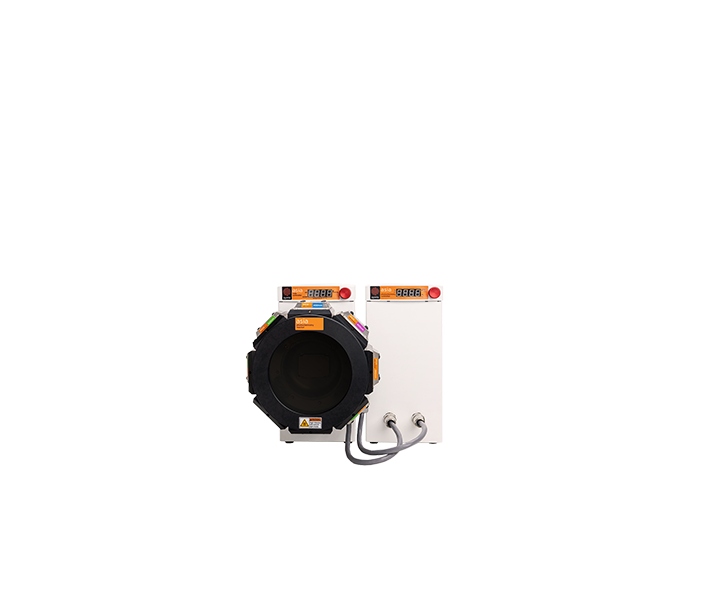What is photochemistry?
Photochemistry is the branch of science concerned with the chemical effects of light. In nature, it is the basis of photosynthesis, vision, and the formation of vitamin D with sunlight. Photochemical reactions proceed differently to other techniques, providing access to unique chemistry that is both cleaner and greener.
Light activation of molecules provides access to reaction pathways which are otherwise impossible to reach with classical thermochemical activation1. Often these are unique to photocatalysed reactions. Sometimes a single transformation using light would require an extensive synthesis involving multiple steps by other methods.
Despite the wealth of useful photochemical reactions at the disposal of the chemist, mainstream synthetic organic chemists tend to avoid photochemistry as a routine synthetic tool. The main reasons for this are related to issues regarding the often-complicated equipment set-up and safety concerns on using ionizing radiation like UV light. In addition, traditional photochemistry in batch has problems with batch-to batch-reaction reproducibility and scaling-up, which result in poor reaction yields and significant amount of by-products2.
How do we initiate a chemical reaction?
Chemical reactions are generally activated either by heat or a chemical reagent. One of the key advantages of flow chemistry is that it is easier to access other – less commonly used – activation methods, such as electrochemistry and photochemistry.
- Electrochemistry uses electrons as an activation method
- Photochemistry uses light as an activation method
In recent years, an increasing trend in the development of new methodologies using both electrochemistry and photochemistry techniques has been seen in the market. These techniques are often referred to as reagent-less chemistry. The trend has been driven by the advantage that these techniques are able to seamlessly couple with flow chemistry. Along with traditional reaction activation methods, the Syrris Asia Flow Chemistry systems offer the Asia FLUX module to perform continuous electrochemistry and the Asia Photochemistry Reactor for continuous photochemistry, thus enabling the widest range of applications and versatility.
Flow Photochemistry to the rescue!
Over the past 20 years, flow chemistry has had a major impact on how chemists perform their work. The development of flow chemistry reactors that enable continuous photochemistry alongside the well-established benefits of flow chemistry is driving the adoption of this exciting area of chemistry. Flow photochemistry reactors offer consistent and controlled light penetration and reaction exposure times, a simpler route to scale-up, and accurate temperature control. The use of monochromatic light sources allows greater selectivity, enabling higher conversions and yields and a more energy efficient process.
Read about the benefits of flow photochemistry below.
Benefits of flow photochemistry
For more information about flow photochemistry or how you can achieve better results using Syrris products, get in touch.
References
1 Cambié, D.; Bottecchia, C.; Straathof, N. J. W.; Hessel, V.; Noël, T. Applications of Continuous-Flow Photochemistry in Organic Synthesis, Material Science, and Water Treatment. Chem. Rev., 2016, 116 (17), 10276–10341. https://doi.org/10.1021/acs.chemrev.5b00707
2 Knowles, J. P.; Elliott, L. D.; Booker-Milburn, K. I. Flow Photochemistry: Old Light through New Windows. Beilstein J. Org. Chem., 2012, 8, 2025–2052. https://doi.org/10.3762/bjoc.8.229
Further reading
Related products
These products are suitable for reagentless chemistry applications. If you’d like to chat more about your application, get in touch.
